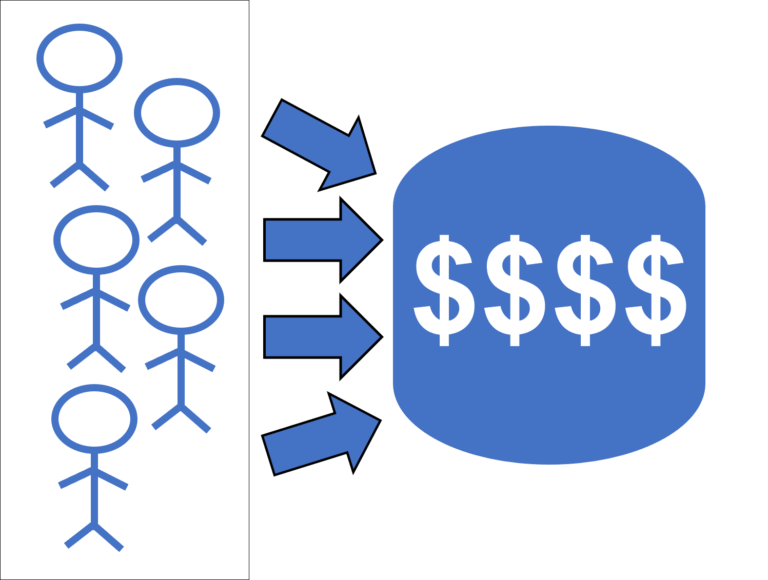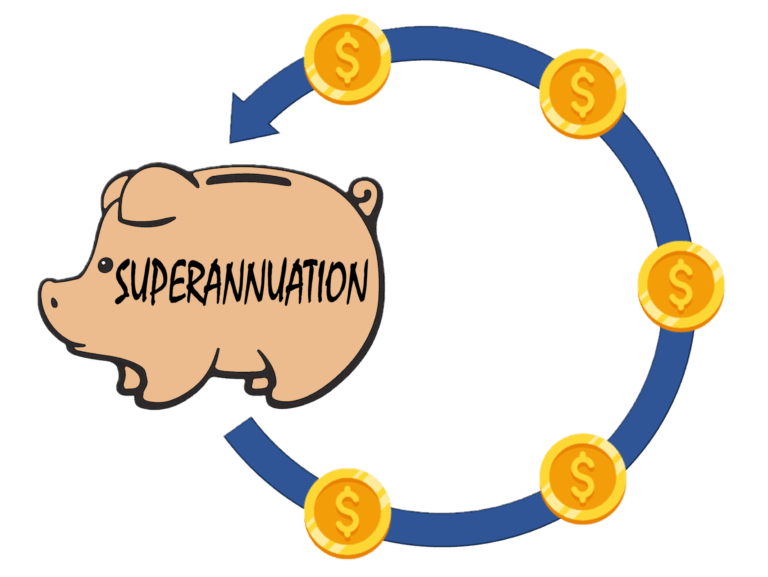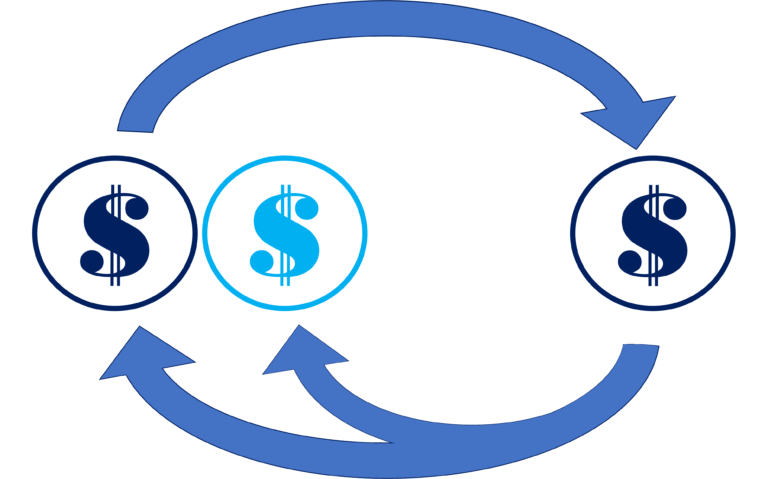Life insurance
Your biggest asset is you and your ability to generate income over the course of your life. If that gets damaged and you don’t have life insurance, you’ll be up the creek without a paddle. Read on to learn more about the types of life insurance and how they work. Read on »











